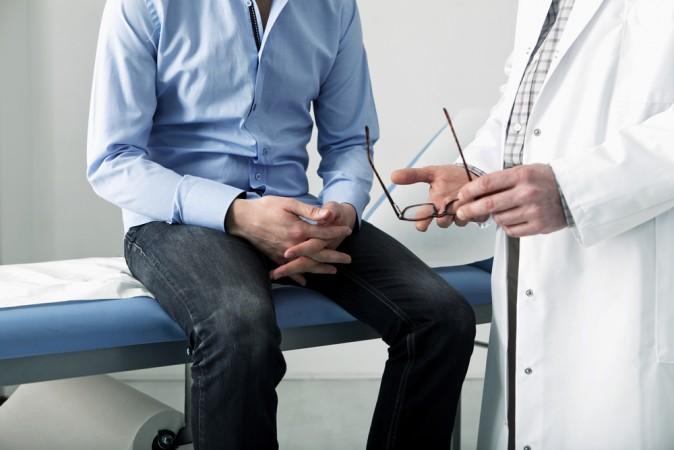As men age, the prostate gland enlarges. This is also known as benign prostatic hyperplasia (BPH). BPH is a noncancerous growth of the cells within the prostate gland.
It is unclear what causes BPH. However, what we do know is that age and testosterone play an important role. Other risk factors include poor diet, physical inactivity, abdominal obesity, smoking, and excessive alcohol use.
By age 60, more than half of men have BPH. By age 85, about 90 percent of men have BPH, but only about 30 percent will have symptoms.
The signs and symptoms of BPH are related to urination because enlargement of the prostate puts pressure on the urethra, which decreases the flow of urine. Symptoms include a weak or slow urinary stream, incomplete emptying of the bladder, frequent urination, urinary urgency, a urinary stream that starts and stops, waking up often at night to urinate, straining to urinate, dripping and leaking after urination.






